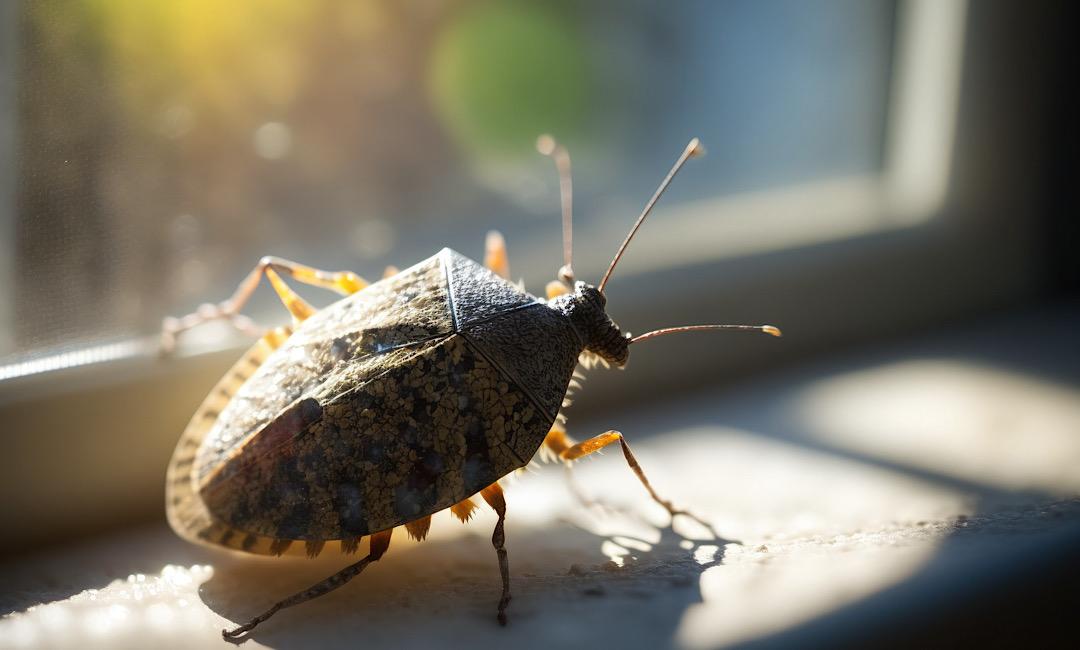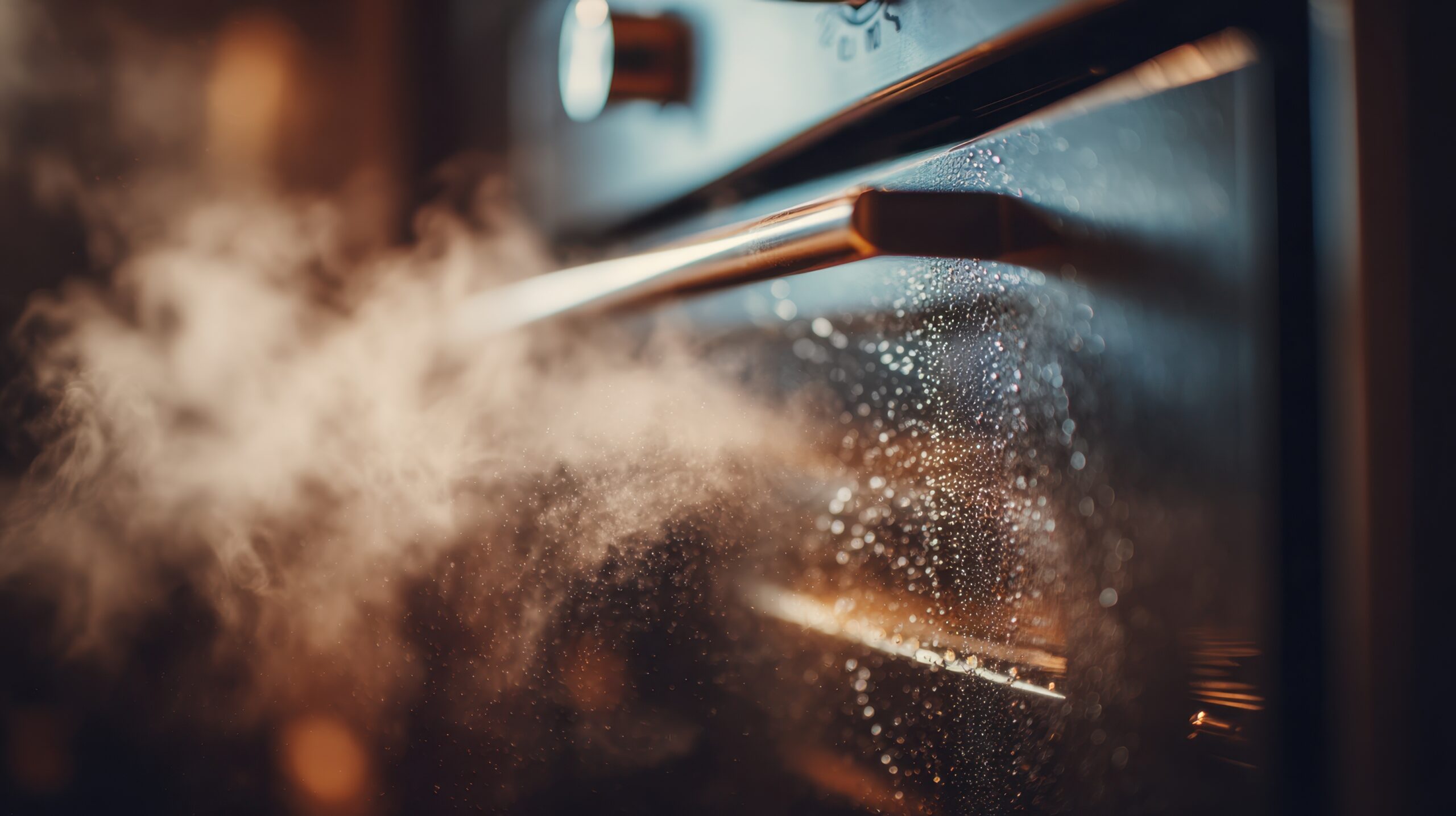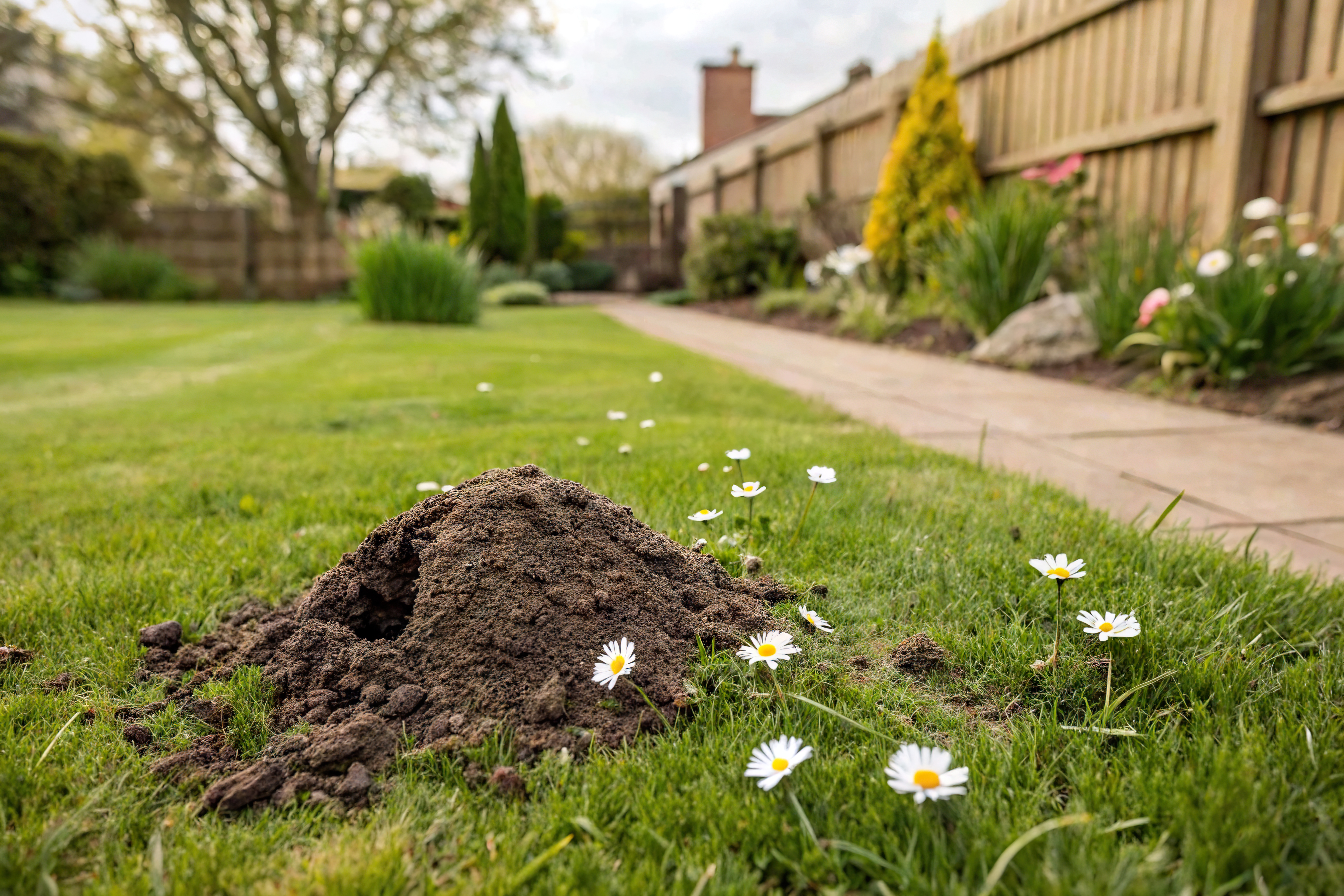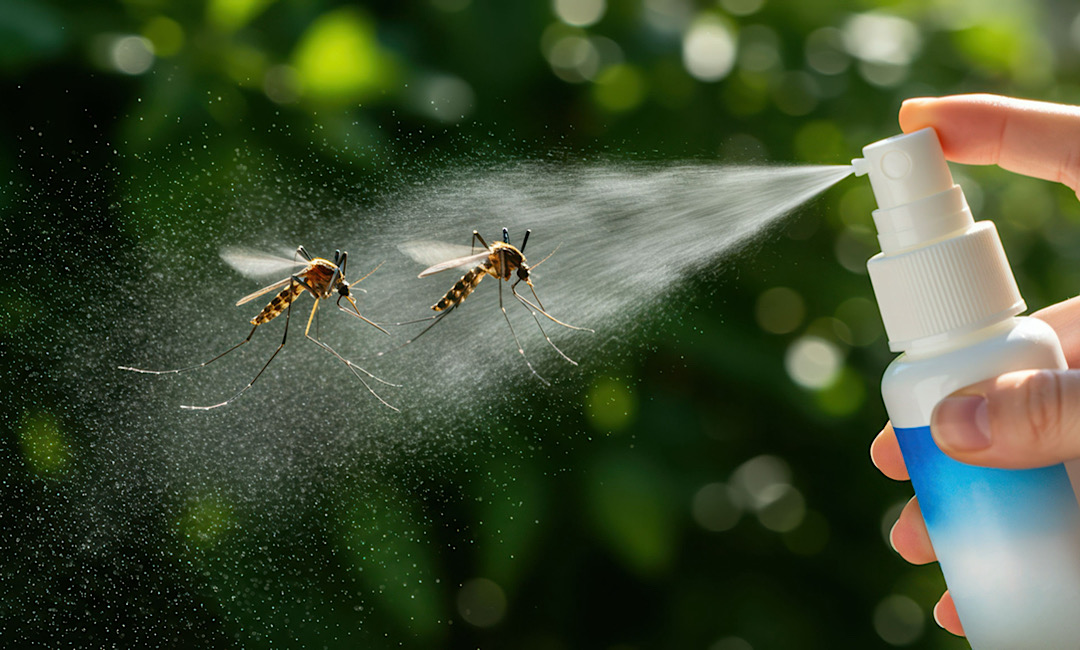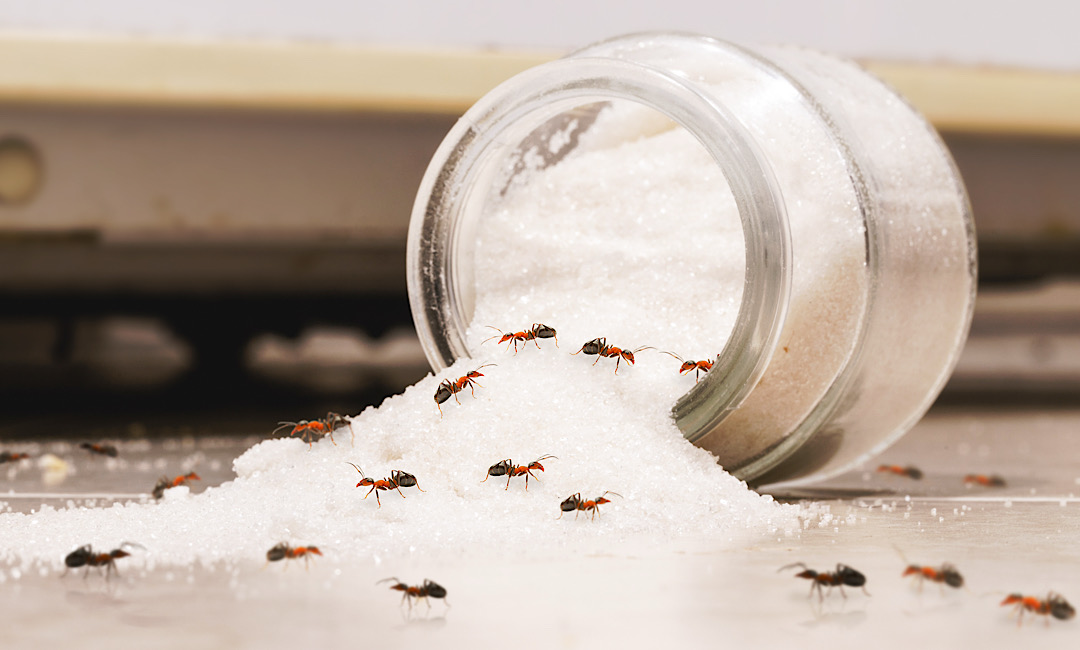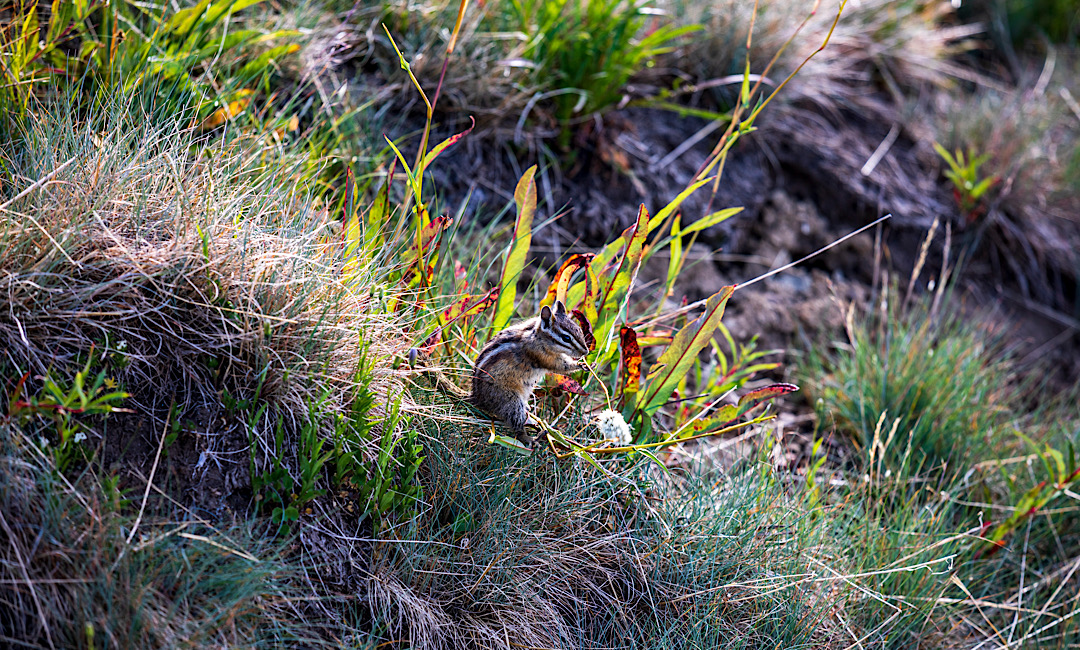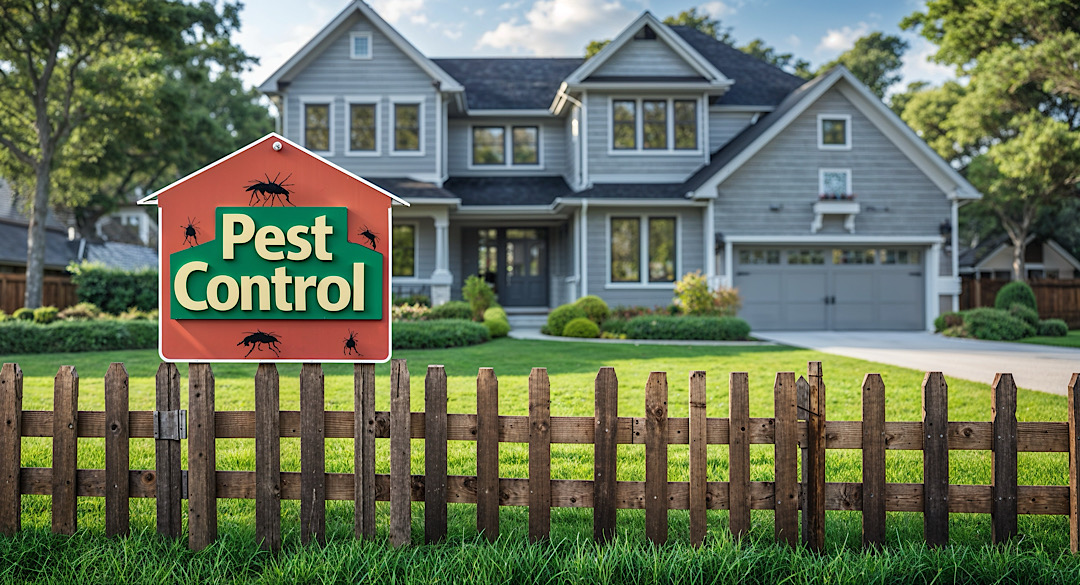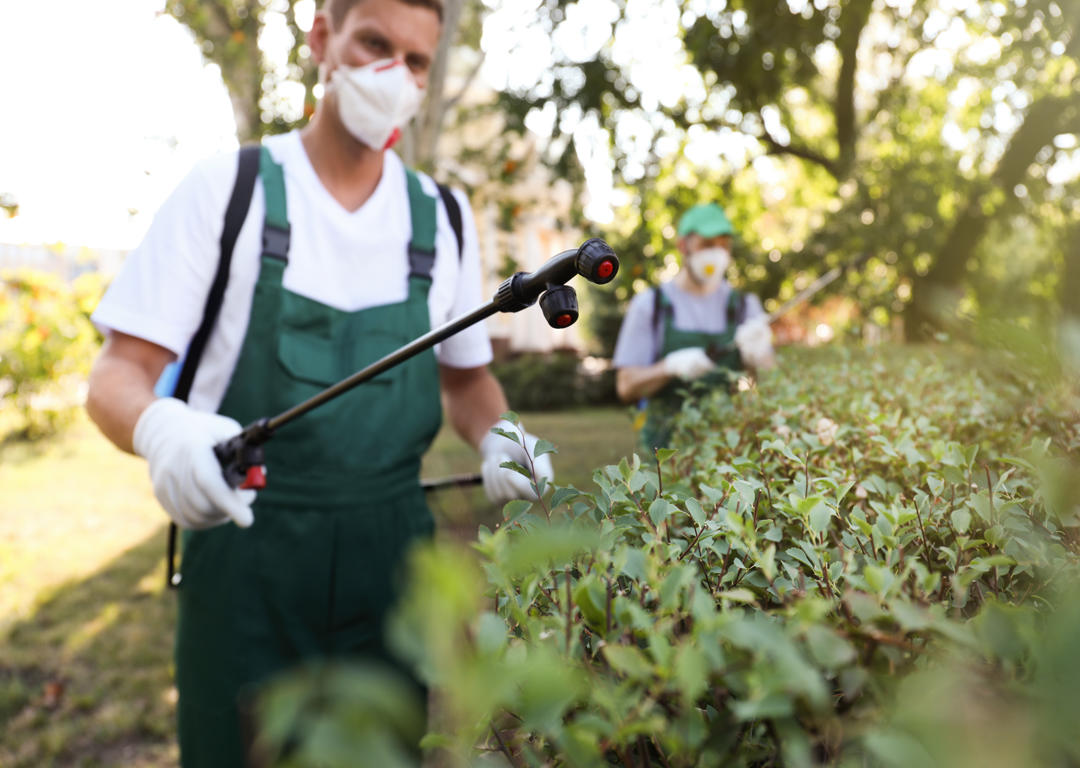Your Go-To Guide for Preventing Autumn’s Unwanted Houseguests in Mount Pleasant and the Lowcountry
As the crisp autumn air settles over Charleston and the Lowcountry, we all start spending more time indoors. Unfortunately, we’re not the only ones. That drop in temperature is a signal for two notorious local pests—the brown marmorated stink bug and the kudzu bug—to begin their search for a warm place to spend the winter. All too often, that place is your home. These pests don’t just arrive one by one; they swarm, congregating on sunny walls and finding their way inside through the smallest of openings. This guide offers proactive, practical steps for Mount Pleasant homeowners to fortify their homes against these odorous autumn invaders.
Understanding the Enemy: Stink Bugs vs. Kudzu Bugs
While they are often mistaken for one another, stink bugs and kudzu bugs are distinct pests, though they share the annoying habit of invading homes in the fall. Both are invasive species from Asia that have become widespread throughout South Carolina. When crushed or threatened, both insects release a pungent, unpleasant odor as a defense mechanism. This smell can linger on surfaces and fabrics, making proper removal crucial.
Brown Marmorated Stink Bugs
These insects are about a half-inch long, with a distinct shield-shaped body that is mottled brown and gray. You can identify them by the alternating light and dark bands on their antennae and along the edges of their abdomen. In the agricultural world, they are a major pest, feeding on a wide variety of fruit trees and vegetables. For homeowners in Mount Pleasant, the problem begins in late summer and fall when they gather on the sunny sides of houses, seeking shelter from the cold.
Kudzu Bugs
Slightly smaller and more square-shaped than stink bugs, kudzu bugs are olive-green to brown and measure about the size of a ladybug. First discovered in the Southeast in 2009, they have become a significant nuisance. True to their name, their primary food source is the invasive kudzu vine, but they also feed on soybeans. Kudzu bugs are particularly drawn to light-colored surfaces, which is why you’ll often see them congregating in large numbers on white or light-gray homes.
Your Fall Pest-Proofing Checklist
Prevention is the most effective strategy for dealing with these overwintering pests. Once they’re inside, management becomes much more difficult. Focus your efforts on sealing their entry points before the invasion begins. Here’s a comprehensive checklist to help you secure your home.
1. Seal Cracks and Gaps
Walk the perimeter of your home and inspect the foundation, siding, and roofline. Kudzu bugs and stink bugs can fit through surprisingly small openings.
- Utility Entry Points: Seal gaps around pipes, electrical wiring, cable lines, and faucets with high-quality silicone caulk.
- Siding and Foundation: Fill any cracks in the foundation or gaps in the siding, especially around the corners and where different materials meet.
- Doors and Windows: Install weather stripping and door sweeps to ensure a tight seal. Repair or replace any damaged window and door screens.
2. Secure Vents and Openings
Vents are common, overlooked entryways for pests.
- Attic and Soffit Vents: Ensure these are properly screened to block insects without impeding airflow.
- Chimneys: Install a chimney cap with a screen to keep out pests, birds, and rodents.
For a comprehensive approach to moisture and pest control, consider services like crawl space encapsulation, which can help seal off a major potential pest habitat under your home.
3. Manage Your Outdoor Space
Your yard and landscaping can either attract or deter pests.
- Landscaping: Trim branches and shrubs so they don’t touch your home, creating a bridge for insects.
- Kudzu Control: If you have kudzu vines on or near your property, removing them can significantly reduce the kudzu bug population.
- Firewood: Store firewood at least 20 feet away from the house and elevate it off the ground.
What to Do If They Get Inside
Even with the best prevention, a few determined pests might find their way indoors. Your first instinct might be to crush them—don’t. This releases their foul odor, which can linger and stain surfaces.
The best removal method is a vacuum cleaner. To avoid having the smell linger in your vacuum, you can create a trap by placing a stocking or piece of pantyhose inside the nozzle tube, securing the end with a rubber band. This catches the bugs before they enter the main canister or bag. Once you’ve collected them, you can dispose of the stocking outside, Submerging them in soapy water is an effective way to kill them. For more persistent issues, a professional service like our general pest control is your best bet for a long-term solution.
Did You Know?
Stink bugs and kudzu bugs are attracted to the warmth radiated from the south and west-facing walls of homes in the afternoon sun. This is why you’ll often see them congregating in these areas as they search for cracks to enter for winter hibernation, a process called diapause.
A Local Focus: Pests in Charleston and Mount Pleasant
The humid, mild climate of the South Carolina Lowcountry creates year-round pest pressures unlike anywhere else. While our winters are less severe, pests like stink bugs and kudzu bugs are still hardwired to seek shelter when temperatures drop. Historic homes in Charleston and modern constructions in Mount Pleasant alike have unique vulnerabilities that these pests are adept at exploiting. From old brickwork to modern siding, tiny gaps can become major pest highways in the fall. Lowcountry Pest Management has over 22 years of experience protecting homes specifically in this region, utilizing eco-friendly treatments tailored to our unique environment.
Protect Your Home This Fall
Don’t let autumn pests take over your Charleston home. Be proactive with your pest control. The experts at Lowcountry Pest Management are ready to help you fortify your property against stink bugs, kudzu bugs, and other fall invaders.
Frequently Asked Questions
Why am I seeing so many stink bugs and kudzu bugs in the fall?
As temperatures cool, these insects seek warm, sheltered places to overwinter. Your home provides the perfect refuge from the cold. They are particularly attracted to the sun-warmed sides of buildings.
Are stink bugs or kudzu bugs harmful?
These bugs are not a direct health threat to humans. They do not bite or sting, and they don’t reproduce indoors. However, their defensive odor is a major nuisance, and their secretions can stain walls and fabrics. Some people may experience mild skin irritation from contact with crushed kudzu bugs.
Will they damage my home?
No, stink bugs and kudzu bugs do not cause structural damage. They are considered nuisance pests because their presence is annoying, but they won’t damage your property like termites or rodents. The primary issues are the unpleasant smell and stains.
Can I use insecticide sprays to get rid of them inside?
It’s not recommended to use indoor insecticides for these pests. A large number of dead bugs in your walls can attract secondary pests like carpet beetles. The most effective method for indoor removal is vacuuming. Professional exterior treatments in late summer or early fall are the best way to prevent them from entering in the first place.

